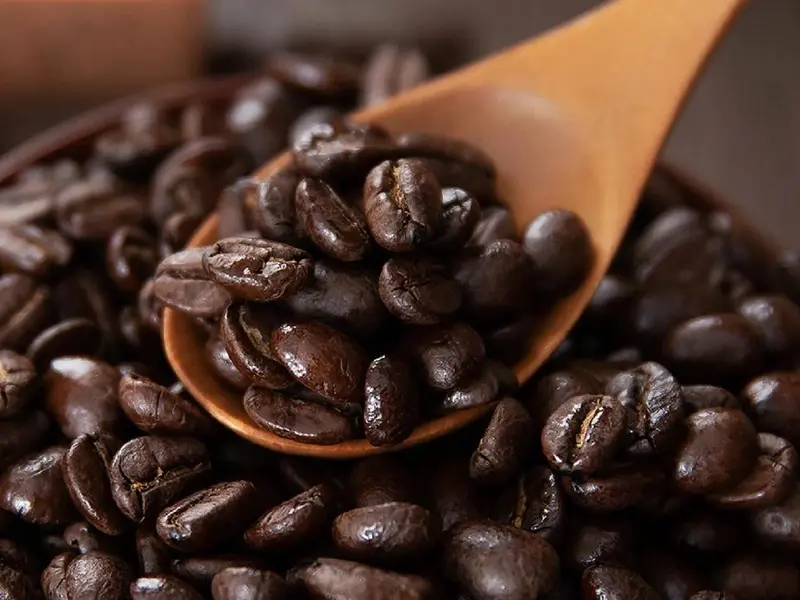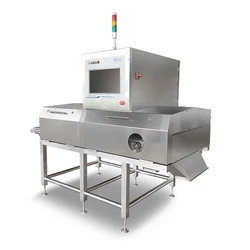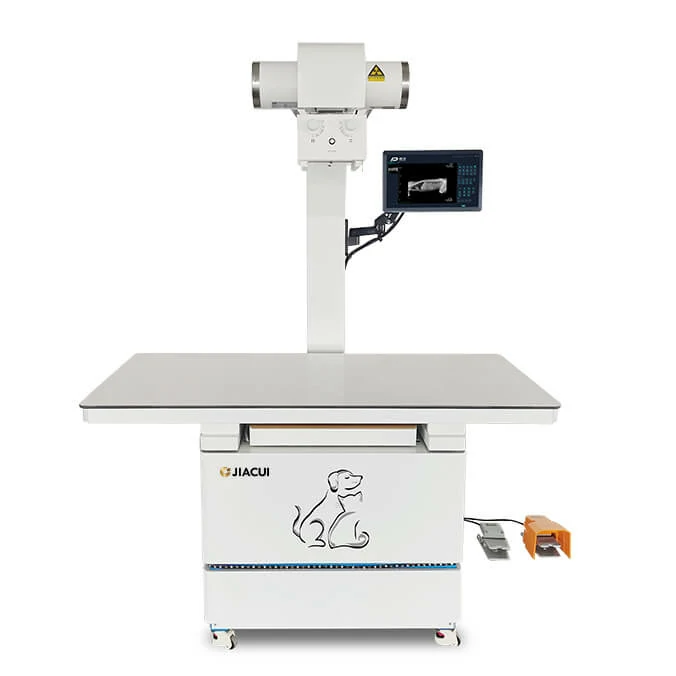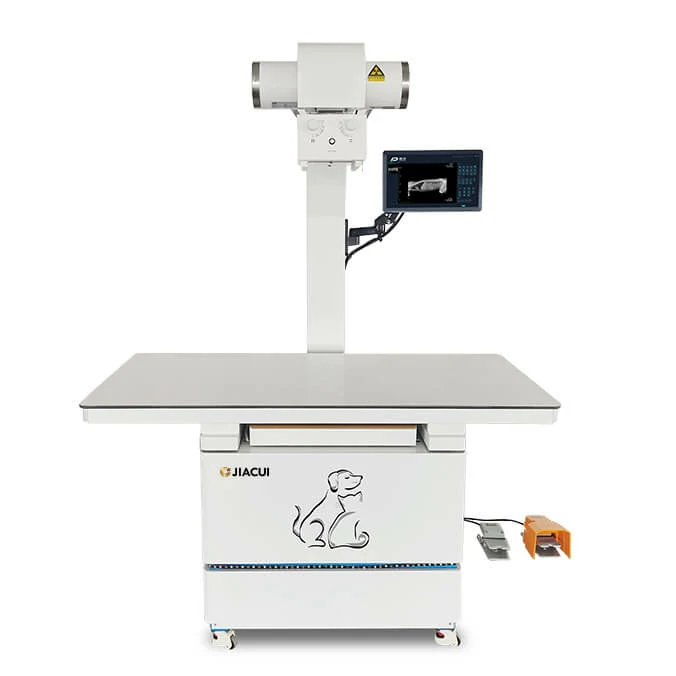Coffee Color Sorter: 2025 Ultimate Guide to Boost Coffee Bean Quality & Sorting Efficiency
Release Date:2025-10-10 11:19 Number of views:260
For coffee processors, the quality of raw beans directly determines the flavor of the final product—and coffee color sorter is the core equipment that ensures this quality. Manual sorting of coffee beans is not only time-consuming (taking 5-8 hours for 1 ton of beans) but also prone to human error, missing 15-20% of defective beans (such as moldy, insect-eaten, or discolored ones). A high-performance coffee color sorter solves these pain points by leveraging optical recognition and intelligent sorting technology, helping processors improve product consistency while cutting labor costs by 40% or more.

What Is a Coffee Color Sorter? How Does It Work?
A coffee color sorter is a specialized device designed for coffee bean processing. It uses high-resolution cameras and spectral analysis technology to identify and separate defective beans from high-quality ones based on differences in color, shape, and even internal composition (such as hidden mold).Its working process follows 4 core steps, ensuring fast and accurate sorting:
1.Feeding:
Coffee beans are evenly conveyed to the sorting belt through a vibrating feeder, avoiding overlapping (a key factor affecting recognition accuracy).
2.Optical Recognition:
High-speed industrial cameras (usually 2000-5000 frames per second) capture images of each bean. The built-in AI algorithm compares the bean’s color and shape with pre-set "high-quality standards" (e.g., the golden-brown tone of Arabica beans).
3.Defect Judgment:
The system quickly identifies defective beans (e.g., black moldy beans, green unripe beans, or stones mixed in) and marks their positions.
4.Ejection:
When the marked defective beans reach the ejection zone, high-frequency air nozzles (response time <0.01 seconds) blow them into the waste bin, while qualified beans continue to the finished product area.
Why Coffee Processors Must Invest in a Coffee Color Sorter
For both small-scale roasters and large coffee plantations, a coffee color sorter is no longer an "optional device" but a "necessary tool" to compete in the market. Here are 3 irreplaceable advantages:1. Ensure Consistent Coffee Quality (Critical for Brand Reputation)
Moldy or insect-eaten beans contain mycotoxins (such as ochratoxin A) that cannot be removed by roasting. If these defective beans enter the market, they not only ruin the taste of coffee but also pose health risks to consumers—leading to product recalls or brand damage. A coffee color sorter can achieve a defect removal rate of over 99.5%, ensuring every batch of beans meets international quality standards (e.g., SCA’s specialty coffee requirements).2. Improve Sorting Efficiency by 5-8 Times Compared to Manual Work
A medium-sized coffee color sorter (e.g., 1-2 tons/hour capacity) can handle the workload of 8-10 manual sorters. For large plantations processing 10+ tons of beans daily, this means shortening the sorting cycle from 2 days to 4-5 hours, allowing faster delivery to roasters and reducing inventory costs.3. Reduce Labor Dependence and Cut Long-Term Costs
Manual sorting requires hiring skilled workers (who need to distinguish subtle color differences) and incurs high turnover rates (due to the tedious nature of the work). Investing in a coffee color sorter eliminates recurring labor costs; after 1-2 years of use, the equipment cost is usually recovered through savings on wages.4 Key Indicators to Choose the Right Coffee Color Sorter (2025 Buying Guide)
Not all coffee color sorters perform the same—choosing the wrong model may lead to "high investment but low returns." Focus on these 4 core indicators to match your processing needs:1. Recognition Accuracy (Priority for Specialty Coffee Producers)
Look for models with multi-spectral cameras (not just single-color cameras): They can recognize not only surface defects but also internal issues (e.g., hollow beans or beans with hidden mold) by analyzing near-infrared light.Check the "minimum defect size" parameter: A good sorter can identify defects as small as 0.01mm (e.g., tiny spots on beans), which is essential for producing specialty coffee (where even minor defects affect cup scores).
2. Processing Capacity (Match Your Daily Output)
Capacity is measured in "tons per hour (t/h)". Choose based on your actual needs to avoid waste or bottlenecks:Small-scale roasters (0.5-1 ton/day): Select 0.3-0.8 t/h models (compact design, suitable for limited workshop space).
Medium-sized processors (1-5 tons/day): Opt for 1-2 t/h models (with dual sorting channels to improve efficiency).
Large plantations (5+ tons/day): Choose 3-5 t/h industrial-grade models (equipped with multiple cameras and automatic cleaning functions for 24/7 operation).
3. Compatibility with Different Coffee Varieties
Arabica, Robusta, and Liberica beans have different sizes, colors, and defect types. A high-quality coffee color sorter should support "custom sorting modes":For small Arabica beans: Adjust the feeder speed and nozzle pressure to avoid damaging the beans.
For dark-roasted Robusta beans: Switch to "high-contrast recognition mode" to distinguish subtle color differences between roasted defects and normal beans.
Common Mistakes to Avoid When Using a Coffee Color Sorter
Even with a high-quality sorter, incorrect use can reduce its performance. Here are 2 common pitfalls:Ignoring pre-cleaning: If beans contain too much dust or impurities, they will contaminate the camera lens, leading to misjudgment. Always install a pre-cleaning device (e.g., a dust collector) before the sorter.
Setting too strict parameters: Over-pursuing "zero defects" may cause the sorter to eject qualified beans (increasing waste rate). Instead, adjust parameters based on your product positioning—e.g., set a higher defect removal rate for specialty coffee, and a balanced rate for commercial-grade coffee.
Final Thoughts: Invest in Coffee Color Sorter, Invest in Long-Term Profitability
In today’s competitive coffee market, "quality" and "efficiency" are the keys to winning. A well-chosen coffee color sorter not only improves your bean quality and reduces costs but also helps you meet the strict requirements of global buyers (such as Starbucks or Nestlé). Whether you’re expanding your processing capacity or upgrading from manual to automated sorting, the right coffee color sorter is a worthwhile investment that pays off in 1-2 years.If you’re unsure which model fits your needs, you can provide your daily output, coffee variety, and quality goals—we can help you customize a sorting solution.














